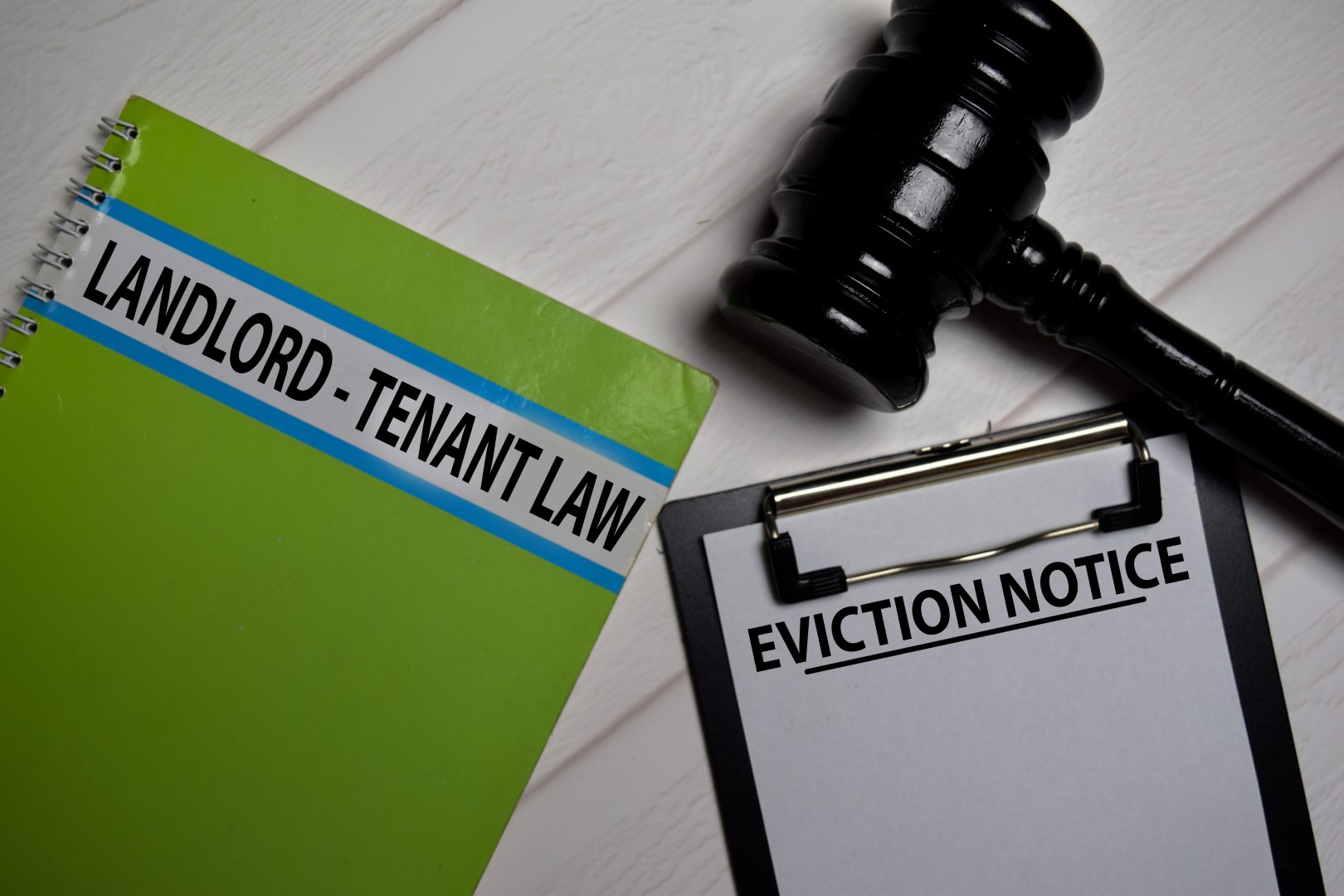August 16th 2021

In the last couple of issues of our newsletter we’ve looked at the process of evicting a tenant because either the current owner/landlord requires the premise for his own use or that of his immediate family, or he is selling the property and is giving notice to the tenant on behalf of the new owner who does. We saw that the process is initiated by serving the tenant with an N12 Eviction form. And we also saw that the process can be enforced in a timely manner by simultaneously submitting an L2 Application with the Board.
 There is another way to end a tenancy however that we need to explore and that is by Mutual consent. Even in the case of an existing fixed-term tenancy, the tenancy can be terminated providing that both parties agree. Suppose, for example, you plan to sell your property that is currently tenanted. You decide as a seller that it would be easier to access, show and ultimately sell the property if it was vacant. And, as an added bonus, if the new buyer is an investor, with the property vacant he would be free to set the new rent at market rates that may be much higher than you have been charging. What do you do? Sit down with your tenant. Explain that you will be putting the property up for sale and that in all likelihood he will be required to move. Perhaps you offer some form of cash incentive in order for him to move. If he agrees, you would produce an N11 “Agreement to End the Tenancy”. Fill in the termination date, and have both yourself and the tenant sign the form. It should be noted that no reason is required on the form. Unlike the N12 which states the unit is required for personal use, here the tenant is agreeing to vacate and the landlord, once that happens is free to move in, renovate, change use, or re-rent at a higher rate, without fear of come back or liability arising from the terminated tenant.
There is another way to end a tenancy however that we need to explore and that is by Mutual consent. Even in the case of an existing fixed-term tenancy, the tenancy can be terminated providing that both parties agree. Suppose, for example, you plan to sell your property that is currently tenanted. You decide as a seller that it would be easier to access, show and ultimately sell the property if it was vacant. And, as an added bonus, if the new buyer is an investor, with the property vacant he would be free to set the new rent at market rates that may be much higher than you have been charging. What do you do? Sit down with your tenant. Explain that you will be putting the property up for sale and that in all likelihood he will be required to move. Perhaps you offer some form of cash incentive in order for him to move. If he agrees, you would produce an N11 “Agreement to End the Tenancy”. Fill in the termination date, and have both yourself and the tenant sign the form. It should be noted that no reason is required on the form. Unlike the N12 which states the unit is required for personal use, here the tenant is agreeing to vacate and the landlord, once that happens is free to move in, renovate, change use, or re-rent at a higher rate, without fear of come back or liability arising from the terminated tenant.
But once again, we need to ask ourselves the question “what if he doesn’t move out?” Now you are going to say “Well, he has to. He’s signed an agreement.” Yes, but people don’t always do what they say they are going to. Maybe he’s talked to a friend who told him he could have gotten a lot more compensation than you offered, or he’s been out exploring the market and discovered he’s going to have to pay a lot more rent somewhere else. Regardless the reason, the termination date is looming and he’s showing no signs of vacating. Can you enforce the agreement? Absolutely. But once again it takes time. Four to six months in all probability before you get an eviction order, especially if he challenges it.
 But here again, there is something you can do in anticipation. We saw in the case of an N12 “Terminating a Tenancy for Purchaser’s Own Use” by filing an L2 “Application to End a Tenancy” with the Board, the eviction process can be streamlined, and by filing it simultaneously with the notice being given to the tenant, undue delays can be avoided. In the case of an N11 the same procedure should be followed, but this time the form you would file with the Board is an L3 “Application to End a Tenancy and Evict a Tenant. Tenant Gave Notice or Agreed to End the Tenancy.” Once again, no reason for the Agreement to terminate is asked for. Only the termination date agreed upon. And here again to ensure vacant possession on that date the L3 should be filed with the Board at the same time the N11 Agreement has been signed. There is a $201 application fee that needs to be paid. And the chances are very good that the tenant will move out as agreed and the Eviction order will not be necessary. But in the event he does not, the $201 will prove to be money well spent.
But here again, there is something you can do in anticipation. We saw in the case of an N12 “Terminating a Tenancy for Purchaser’s Own Use” by filing an L2 “Application to End a Tenancy” with the Board, the eviction process can be streamlined, and by filing it simultaneously with the notice being given to the tenant, undue delays can be avoided. In the case of an N11 the same procedure should be followed, but this time the form you would file with the Board is an L3 “Application to End a Tenancy and Evict a Tenant. Tenant Gave Notice or Agreed to End the Tenancy.” Once again, no reason for the Agreement to terminate is asked for. Only the termination date agreed upon. And here again to ensure vacant possession on that date the L3 should be filed with the Board at the same time the N11 Agreement has been signed. There is a $201 application fee that needs to be paid. And the chances are very good that the tenant will move out as agreed and the Eviction order will not be necessary. But in the event he does not, the $201 will prove to be money well spent.
There is one more scenario we need to look at in this series involving evicting a tenant and that is where the Landlord wants to do substantial renovations or repairs to the unit. Often a landlord will use this as a vehicle of bringing rent up to market rate, but there are substantial liabilities and we need to understand them. That will be our topic of discussion next issue.